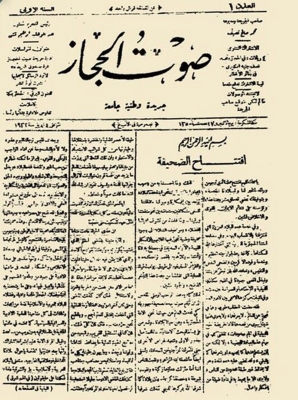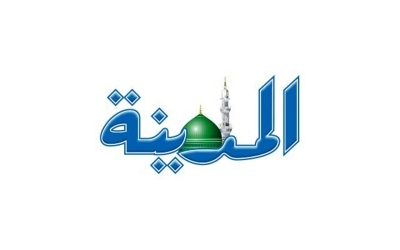Al-Hayat Newspaper is one of the international Arabic newspapers. It was founded on January 20, 1946, by the Lebanese journalist Kamel Mrowa, with its first issue released on January 26, 1946.
Global Correspondents Network
In the early 1960s, al-Hayat Newspaper was among the leading newspapers to appoint correspondents in countries worldwide, including Pakistan, Turkey, and the United Nations, alongside a network of correspondents within the Arab world. The Kingdom of Saudi Arabia was one of the preferred markets for promoting the newspaper.
Offices and branches
In the early days of al-Hayat Newspaper, it established offices, and correspondents in the majority of the countries worldwide were affiliated with it. Additionally, it was printed in several Arab and foreign capitals and it released international editions in London, Frankfurt, New York, Dubai, Beirut, Egypt, Riyadh, Jeddah, Dammam, and Bahrain. It was distributed in several international capitals, including European and American countries, as well as various Arab countries. Its editions were sold in thirty-three global markets, distributing around 450,000 copies worldwide.
London center and new offices
The headquarters of al-Hayat Newspaper is located in London, and it has branches in Baghdad, Beirut, Damascus, Palestine, Cairo, Khartoum, Istanbul, Algiers, Paris, Vienna, New York, Moscow, and branches in the Kingdom in Riyadh, Jeddah, Dammam, Makkah al-Mukarramah, and al-Madinah al-Munawwarah.
Resumption of publication (1988)
In 1988, al-Hayat Newspaper resumed publication, but this time it was published in London. It relied on a committee consisting of Lebanese journalists, numbering more than a hundred, including May Kamel Mrowa, the daughter of its founder. Three journalists took turns as editors-in-chief: Jihad al-Khazen, followed by George Semaan, succeeded by Ghassan Charbel, who worked for many years at the newspaper. He then served as its editor-in-chief from mid-2004 until its printed publication ceased in 2018. It completely ceased in the following year.
After the end of the civil war in Lebanon, specifically in 1990, al-Hayat established an office in Beirut and gradually expanded its operations, increasing its number of pages to twenty-eight.
Editions of al-Hayat
The number of editions of al-Hayat Newspaper reached six editions, namely: London edition, New York edition, Beirut edition, Jeddah edition, Dammam edition, and Riyadh edition.
In 2005, al-Hayat Newspaper published by Dar al-Hayat began using color printing on a number of pages, such as the front page, the last page (People's Affairs), the business page, and others. A campaign was initiated to enhance advertising in the newspaper, and the task was assigned to the National Distribution and Publishing Company, which is one of the Saudi companies.
Saudi edition
In early 2005, the Saudi edition was released, containing the content of the international edition of al-Hayat Newspaper, and it was published daily in three editions, in addition to sixteen additional pages covering Saudi affairs, focusing on local news in the Kingdom, whether political, sports, social, or otherwise. It featured more advertising spaces and all its pages were printed in color, unlike the international edition which uses colors on a limited number of pages. It uses prominent colors such as red, blue, and orange, while maintaining the newspaper's name and motto ("Life is belief and struggle") in their original colors (black and red).
In October 2002, al-Hayat launched its website on the Internet and worked on renewing its appearance and function to serve readers better. In May 2012, the digital unit was established, which transferred the content of al-Hayat Newspaper from paper to digital platforms, including the website and mobile media. The digital unit at the newspaper worked on disseminating "al-Hayat" content on digital platforms, keeping up with developments as they occur, and broadcasting content through social networks, paving the way to achieve the goal of content dissemination.
Leaders of al-Hayat
The editorial leadership of al-Hayat was successively held by Kamel Mrowa, Jamil Mrowa, Jihad al-Khazen, George Semaan, Ghassan Charbel, a Lebanese writer and journalist, Zuhair Qusaybaty, and Jamil Bin Obaid al-Dhiyebi, who assumed the editorship of al-Hayat Newspaper until 2008.
Saud al-Rayes also held the position of General Manager and Assistant Editor-in-Chief in the Kingdom and the Gulf countries until 2013.
The printed edition ceased publication (in 2018)
On Thursday, May 31, 2018, the London-based al-Hayat Newspaper issued its final edition due to an economic crisis facing it. The newspaper started procedures to terminate a number of journalists, while it was decided to close the newspaper’s offices in Beirut on June 30, 2018. "Al-Hayat" completely ceased operations in September 2019.
Related quizzes


